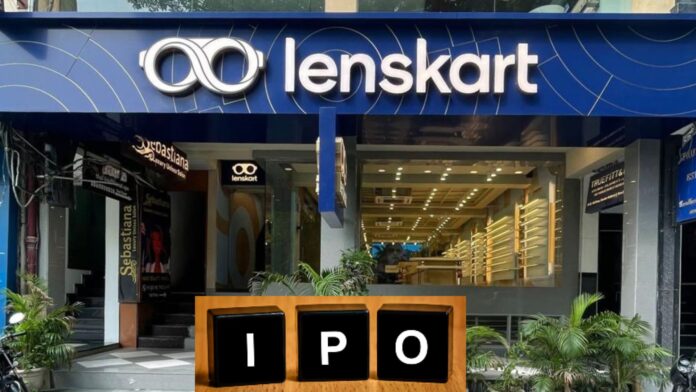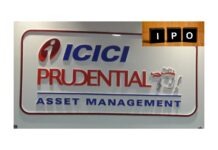Eyewear retail giant Lenskart Solutions Ltd. is steadily advancing towards its highly anticipated initial public offering (IPO), marking a significant milestone for the Indian consumer retail sector. While the company is yet to receive final approval from the Securities and Exchange Board of India (SEBI), it has confidentially filed its draft red herring prospectus (DRHP), setting the stage for one of the largest public market debuts in India this year.
Market sources and recent reports indicate that Lenskart is eyeing a substantial valuation, potentially reaching up to ₹2,150 crore (approx. $2.5 billion) for the IPO. The offering is expected to comprise a mix of fresh issue of shares and an offer for sale (OFS) by existing investors. Key stakeholders like founder Peyush Bansal, private equity major KKR, SoftBank Vision Fund, Temasek Holdings, and Peak XV Partners (formerly Sequoia Capital India) are likely to partially divest their holdings through the OFS component.
The funds raised from the fresh issue are earmarked for aggressive expansion plans. Lenskart intends to significantly strengthen its manufacturing capabilities, particularly at its facility in Rajasthan, to support its rapid growth. Further investments will fuel the expansion of its extensive retail network across India and key international markets like Southeast Asia and the Middle East. Additionally, enhancing technology infrastructure, deepening supply chain efficiencies, and bolstering marketing efforts are key priorities for the allocated capital.
Financial Performance
Lenskart has made remarkable financial improvements in FY24. The company significantly reduced its net loss by 84.4%, from ₹63.7 crore in FY23 to ₹10.1 crore in FY24. Revenue from Operations saw a strong 43% year-on-year growth, reaching ₹5,427 crore in FY24 from ₹ 3,788 crore in FY23. Additionally, EBITDA more than doubled, rising 112.5% from ₹403 crore in FY23 to ₹856 crore in FY24. Lenskart achieved a net profit on a standalone basis of ₹144 crore in FY24, reflecting a 5.1% increase from ₹137 crore in FY23, marking a steady financial improvement.
Founded in 2010 by Peyush Bansal, Amit Chaudhary, and Sumeet Kapahi, Lenskart revolutionized the eyewear market in India by combining online convenience with offline accessibility. Its omnichannel strategy, featuring over 2,500 stores across more than 250 cities in India, alongside a robust e-commerce platform, has cemented its position as the market leader. The company offers a wide range of products, including prescription eyewear, contact lenses, sunglasses, and accessories, leveraging in-house brands and technology for affordability and accessibility.
Lenskart’s path to IPO has been paved by consistent growth, attracting significant investor confidence. The company secured approximately ₹5,000 crore (approx. $600 million) in funding over the past two years alone, including a notable ₹1,650 crore (approx. $200 million) investment from Singapore state investor Temasek and private equity firm KKR in 2024, which pushed its valuation close to ₹41,500 crore (approx. $5 billion). Its expansion has also been strategic, including the acquisition of Japan’s Owndays in 2022, significantly boosting its presence across Asia.
The proposed IPO arrives amidst a buoyant period for the Indian eyewear market, valued at over ₹86,780 crore (approx. $10 billion) and projected for sustained growth. Lenskart’s dominance in the organized sector positions it uniquely to capitalize on this trend. Its consistent profitability and strong unit economics have also been highlighted as positive factors for potential investors, distinguishing it from many other tech-led startups that have gone public.
As the company awaits SEBI’s observations and the finalization of the IPO size and price band, the market watches closely. The Lenskart IPO is not just a significant event for the company and its investors but is also viewed as a key indicator of the health and investor appetite within India’s booming consumer retail and new-age business ecosystem. The listing is tentatively expected later in 2024 or early 2025, contingent on regulatory clearances and market conditions.




